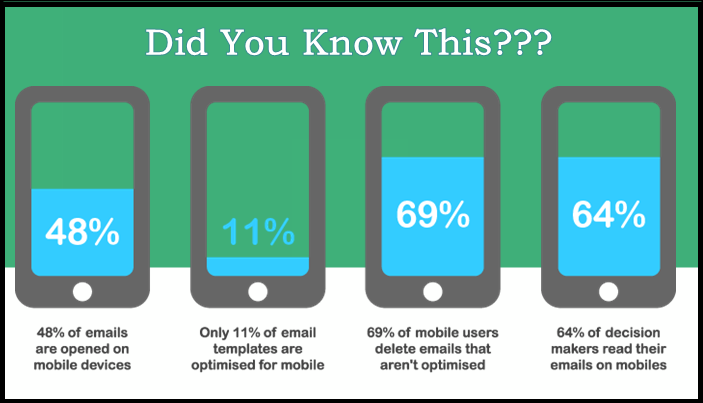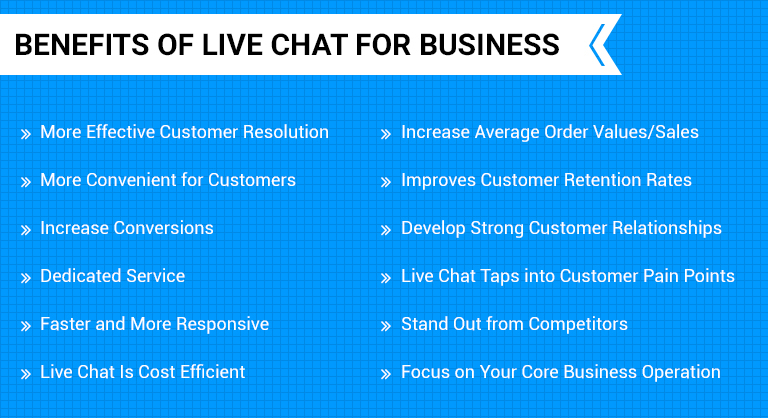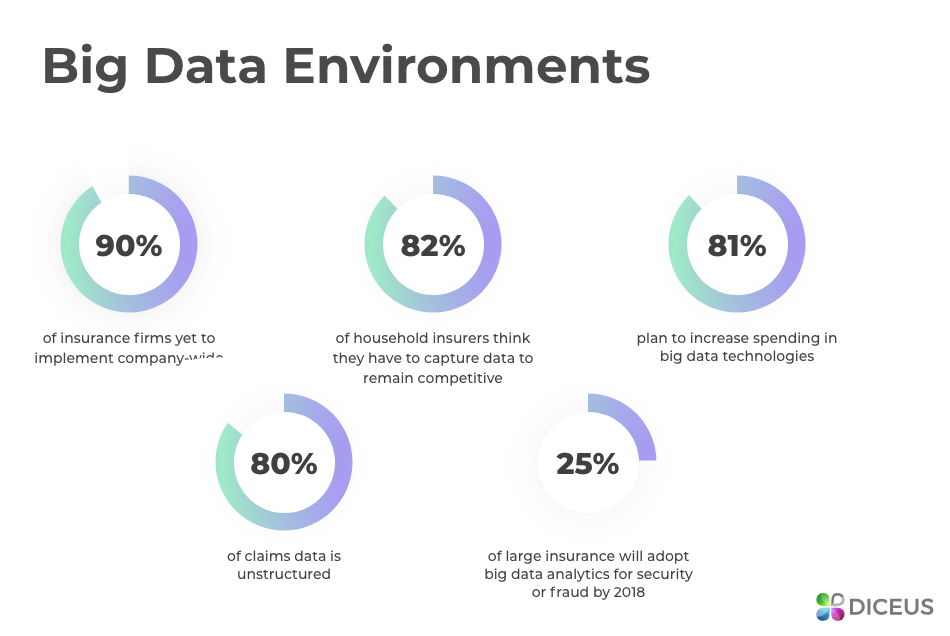How Marketing Helps with Profits During a Downturn
How can marketing help with profits during an economic downturn? What must businesses do to get started? Read on to find out.
The current economic crisis is prompting businesses to change directions. Many are now focusing on qualifying and converting leads and delivering value to existing customers. What’s more, with the pandemic accelerating digital transformation, businesses are now more equipped to understand their customers better to achieve the aforementioned goals.
How can businesses use marketing to improve their profits, especially amid an economic crisis? What steps should businesses take to get better results? Check out our tips below.
Reexamine your lead scoring strategy
Your lead scoring strategy is what helps you qualify your leads and determine which potential customer is most likely to make a purchase. Lead scoring is a critical step in lead conversion strategy.
Messing up with your lead scoring can impact your lead conversion results. This is why it’s important to reexamine your lead scoring strategy and check if it’s working well.
Some companies automate lead scoring so their sales and marketing teams can focus on more important tasks. By automating using a system, sales and marketing teams can automatically identify which of the incoming leads they need to focus on.
Focus on converting qualified leads
According to surveys, more than 25% of marketing qualified leads (MQLs) do not get a follow-up from sales. This is a wasted opportunity for driving sales. And in an economic downturn, every dollar counts.
To prevent this from happening, it’s important that, as previously mentioned, you can screen out the leads that are more likely to make a purchase, so you can focus on them and help them make a purchase as soon as possible.
You can generate qualified leads with content marketing, conduct follow-ups, connect with them through email marketing, or use positive customer testimonials and reviews to help speed up their purchase decision.
Work on your CTAs
Your CTAs are also crucial in your lead conversion strategy. CTAs may make or break your marketing campaign. If a CTA doesn’t match the customer’s needs or preferences, they may end up exiting from your website or from your other sales and marketing channels.
For example, having “Learn More” as a CTA may discourage customers that are looking to make an immediate purchase. “Buy Now” may not be effective if the customer needs more information about your product or service.
The point of CTAs is to convince users they need to take action immediately or you risk losing them, but this only works if the CTA matches the stage of the buyer in the buyer’s journey.
Assess and evaluate your value chain
The final thing that you should remember is to add value for your customers. This can be done only when you understand how your value chain works and determine whether they’re giving value to the end users (your customers).
You can conduct a value chain analysis by doing the following:
- First, identify all your value chain activities. You can do this by having a list of each activity in your company that is essential in the creation of your company’s finished product.
- Second, calculate their costs. Costs such as rent, utilities, and manpower often play a role in value creation. By identifying your value chain activities and their costs, you can see an overview of how your company is running and which parts are taking so much of your dough.
- Third, determine what your customers perceive as value. This is where it’s important to gather data and feedback from customers to help you understand them better. To get you started, gather data related to why and how your customers make purchase decisions. This helps you understand their intent and what they perceive as valuable.
- Fourth, compare with your competition. Understand the marketing effectiveness of your competitors. Compare how your competitors carry out tasks, what their business strategies are, and their revenue (or other performance) outcomes.
- Lastly, decide on a competitive advantage. After making your comparisons, you’ll already know which parts you are performing better compared to your competitors. It can be the cost, the perceived value of the brand, or the accessibility you provide to your customers.
Gather data from your customers now
Do you want to know how you can effortlessly gather data from your customers to understand them better? Book a FREE demo with our sales and marketing experts now to learn more.
Curious how digital ecosystems can help improve your business?
Check out how digital ecosystems can boost your company performance by getting started here.
Book a Demo

